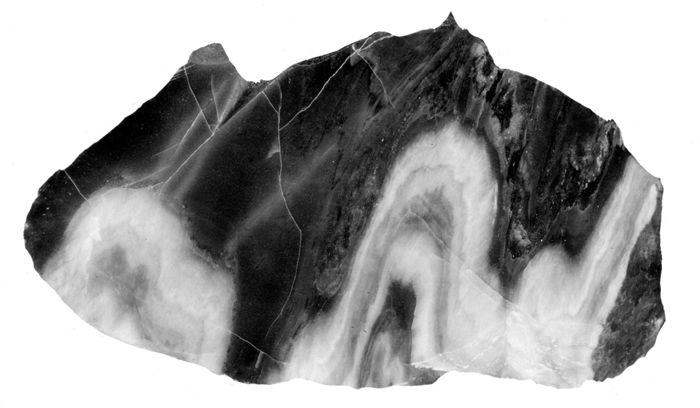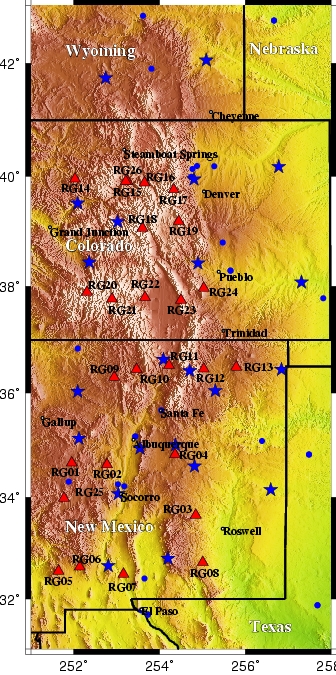
The role of quartz in continental tectonism

Flow Rheology of the Lithosphere

|
|
Research in the Geophysics Group At USU:
Our research seeks a better understanding of dynamical processes and properties of the solid Earth and planets. We use most of the geophysical toolbox including seismology, gravity, topography, surface heat flow and geodesy. These data are combined with other physical constraints in novel ways to explore the forces at work and their rheological controls. Applications include the earthquake cycle on faults, earthquake hazard, volcanic/magmatic processes, and rifting of continents. Priorities in these efforts include:

|
The role of quartz in continental tectonism |

|
Flow Rheology of the Lithosphere |

|
|